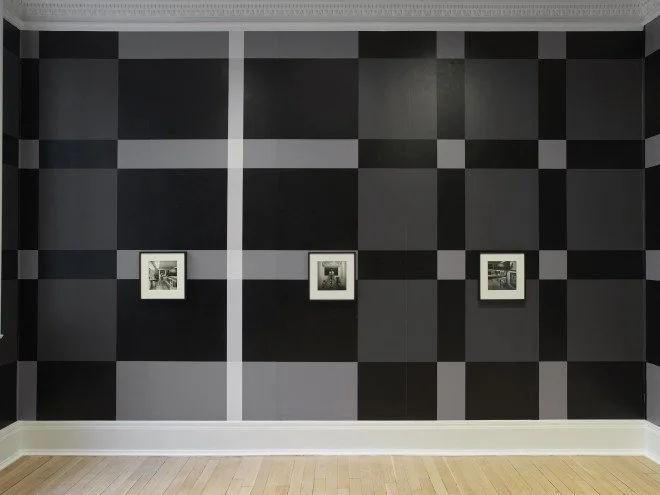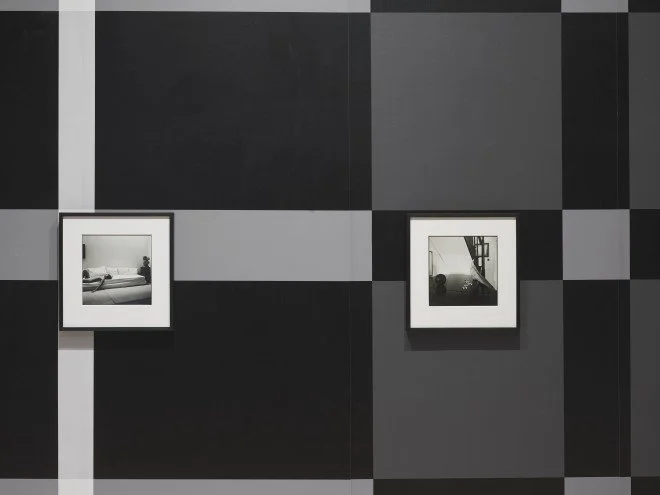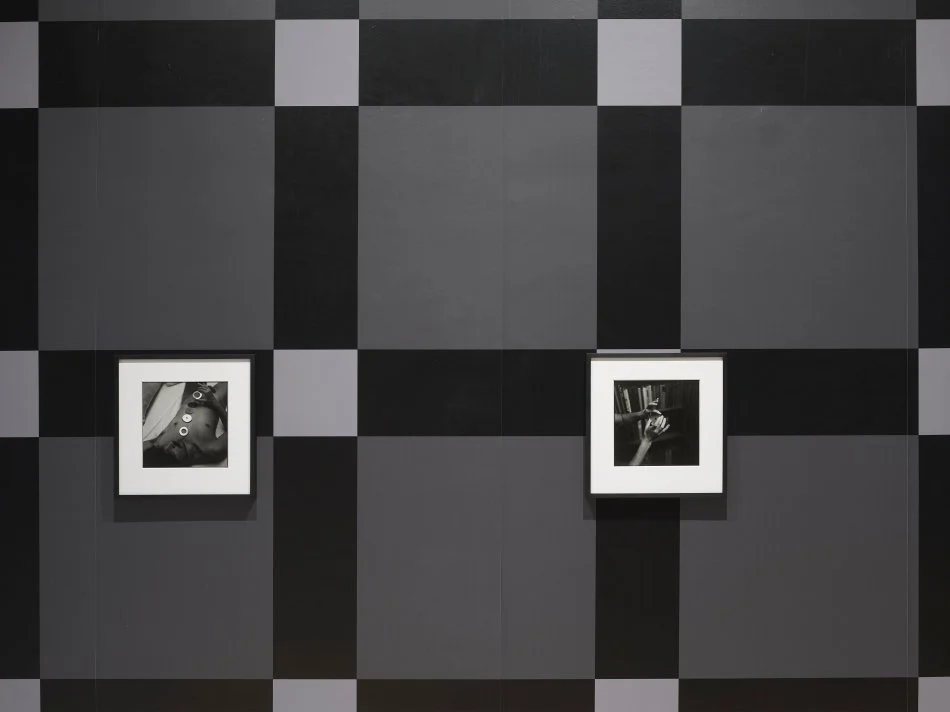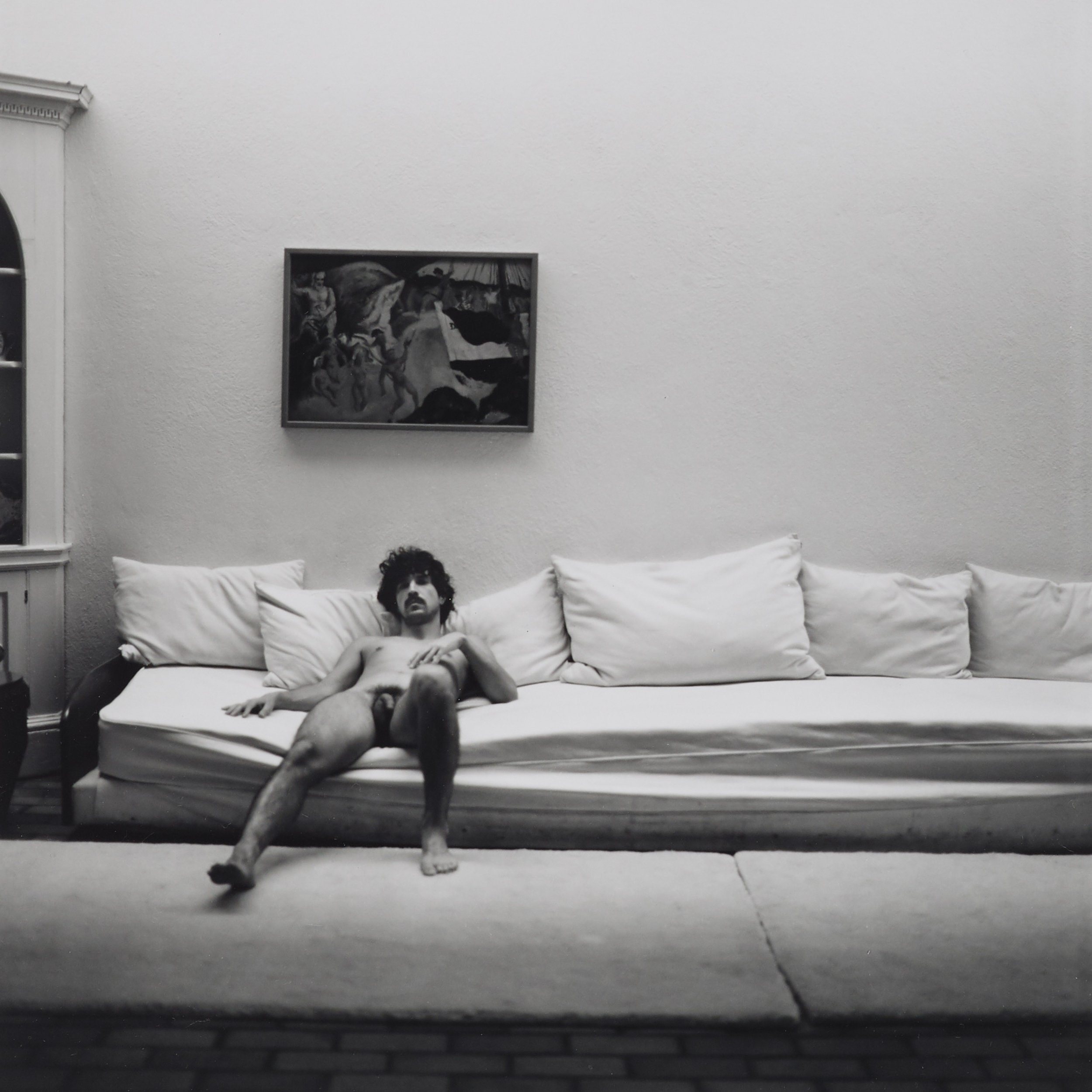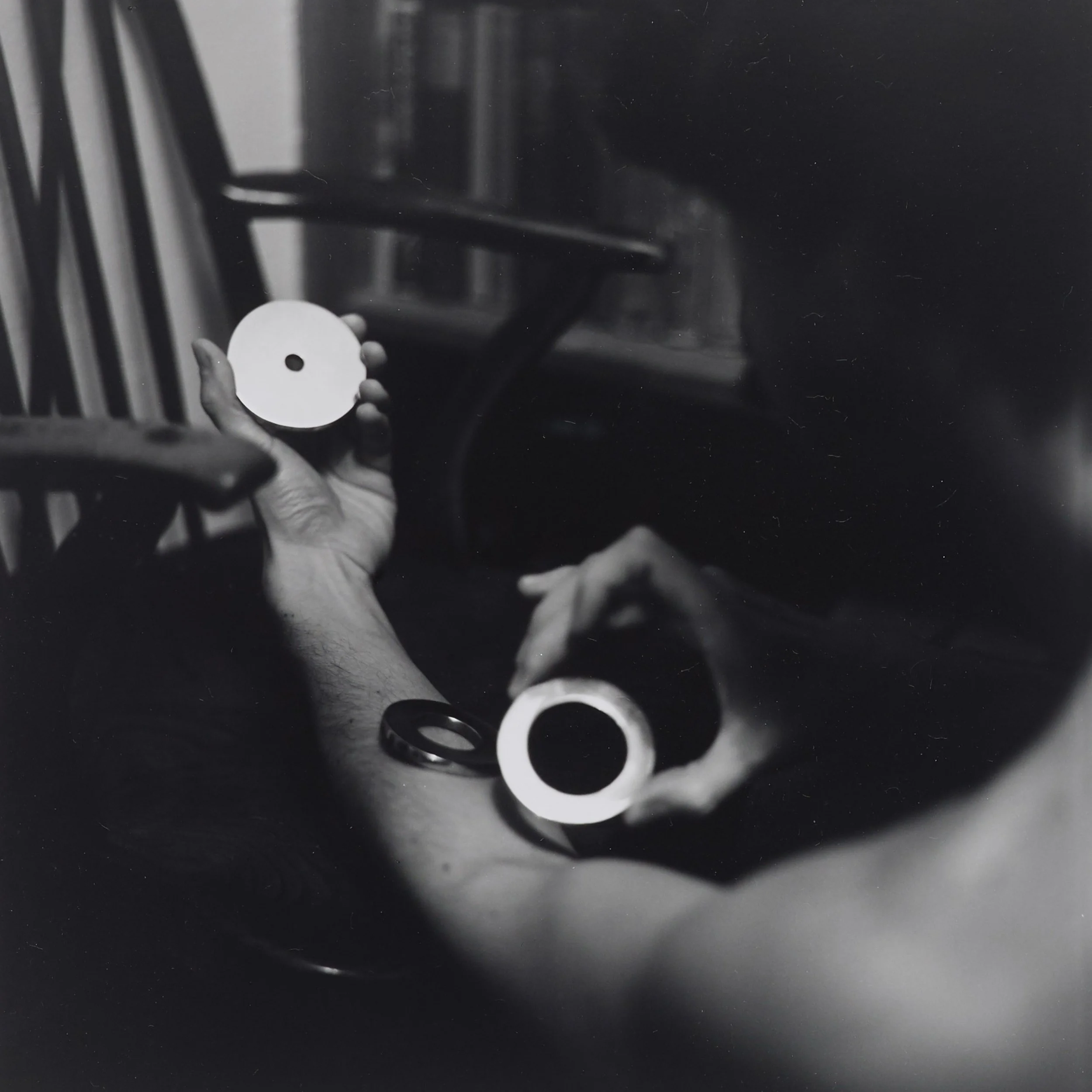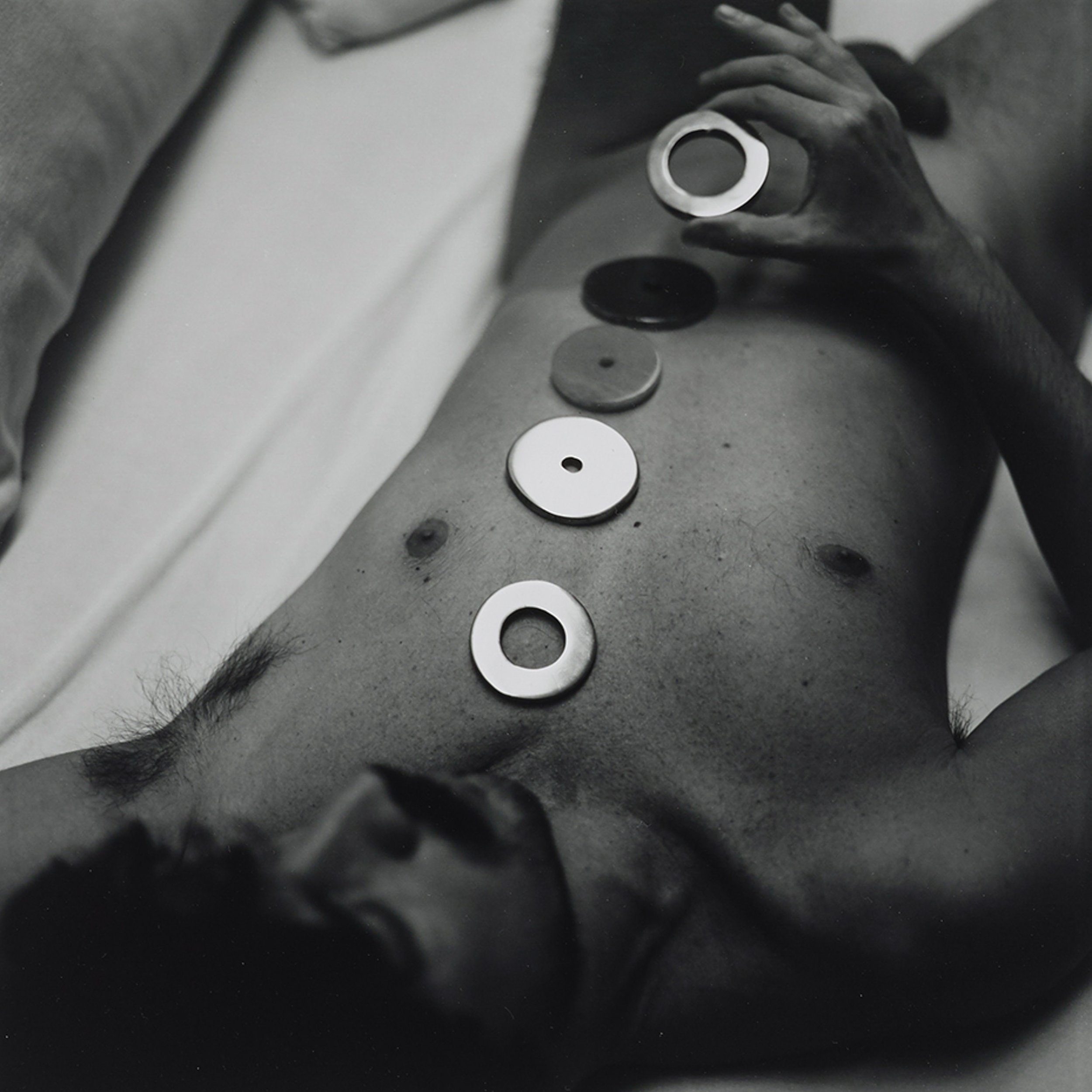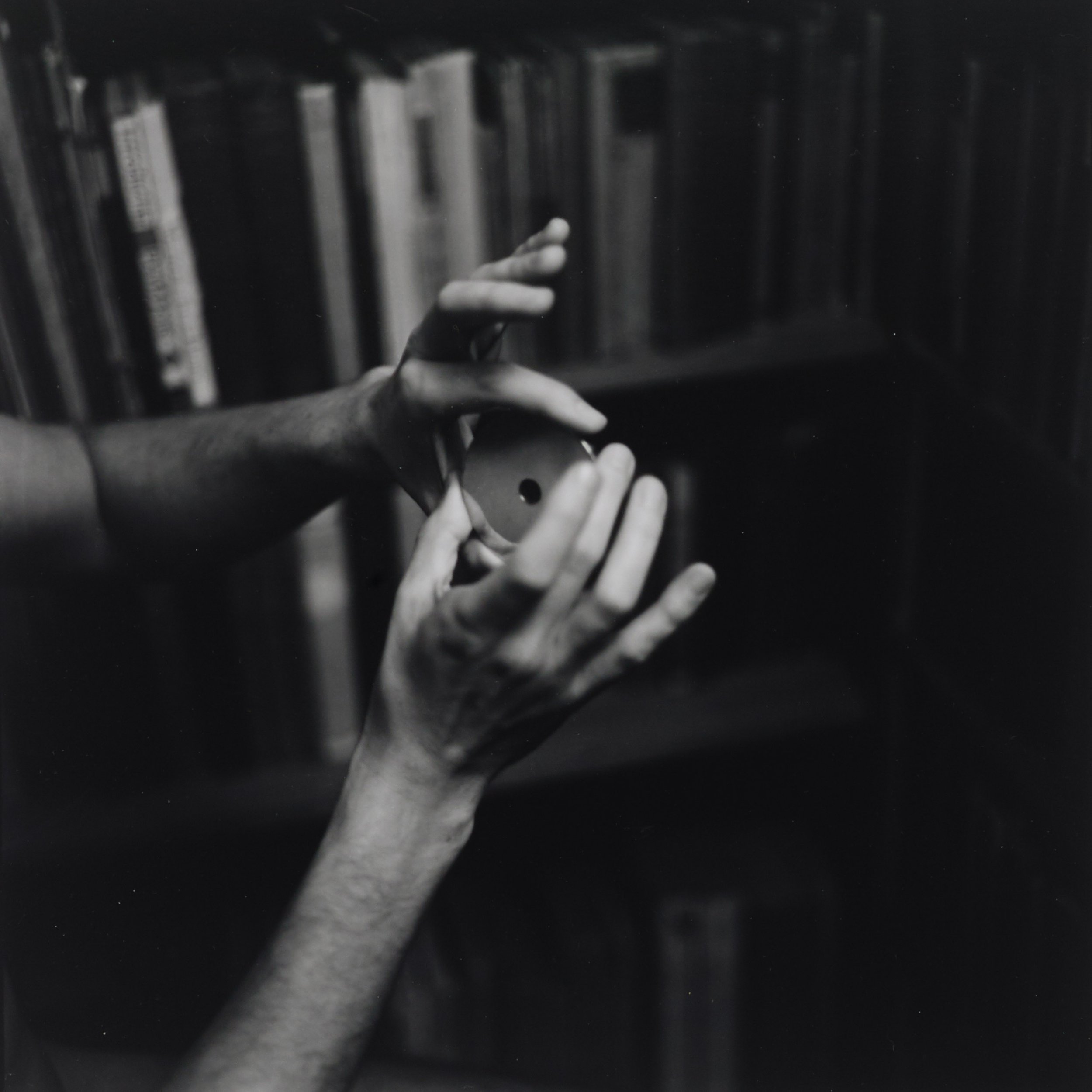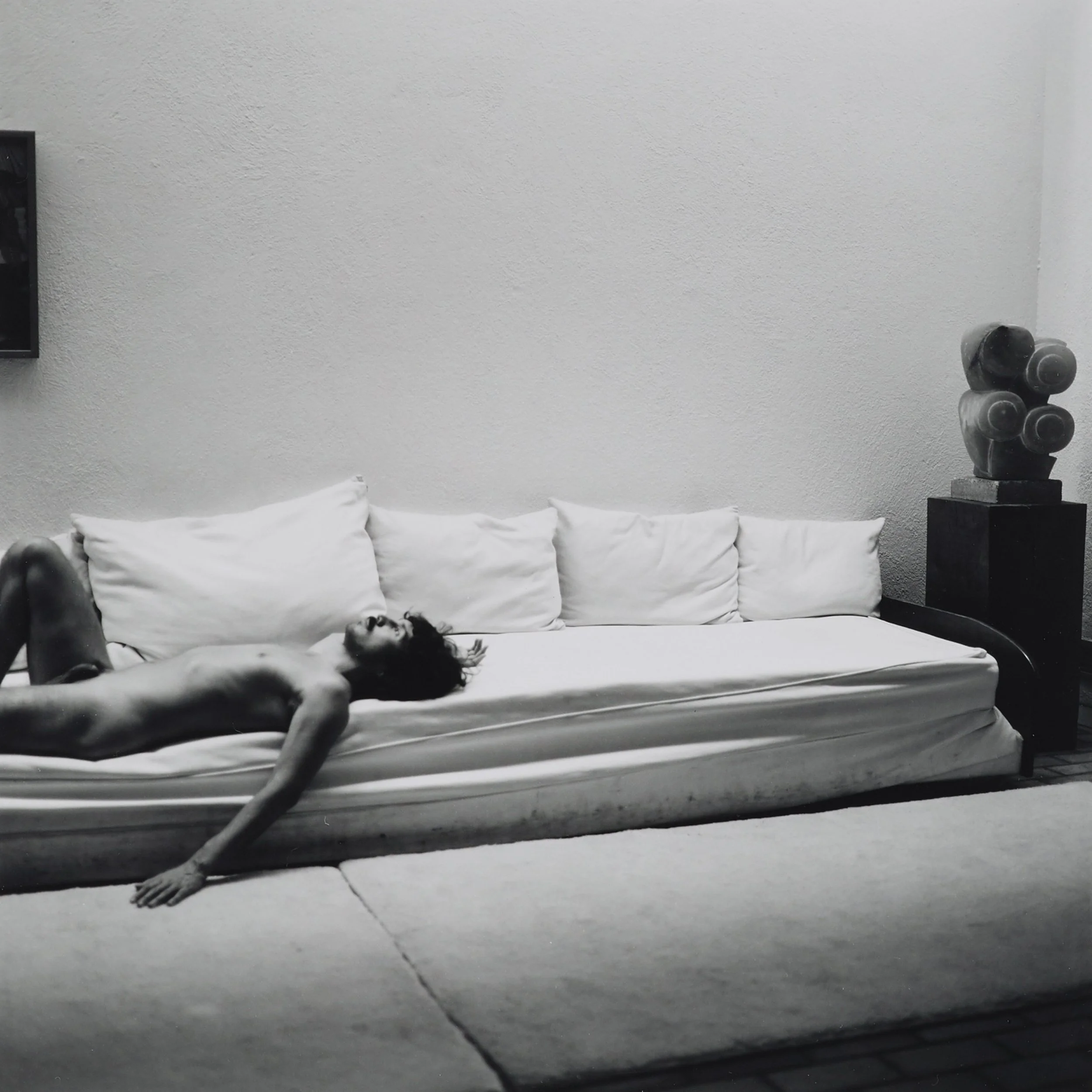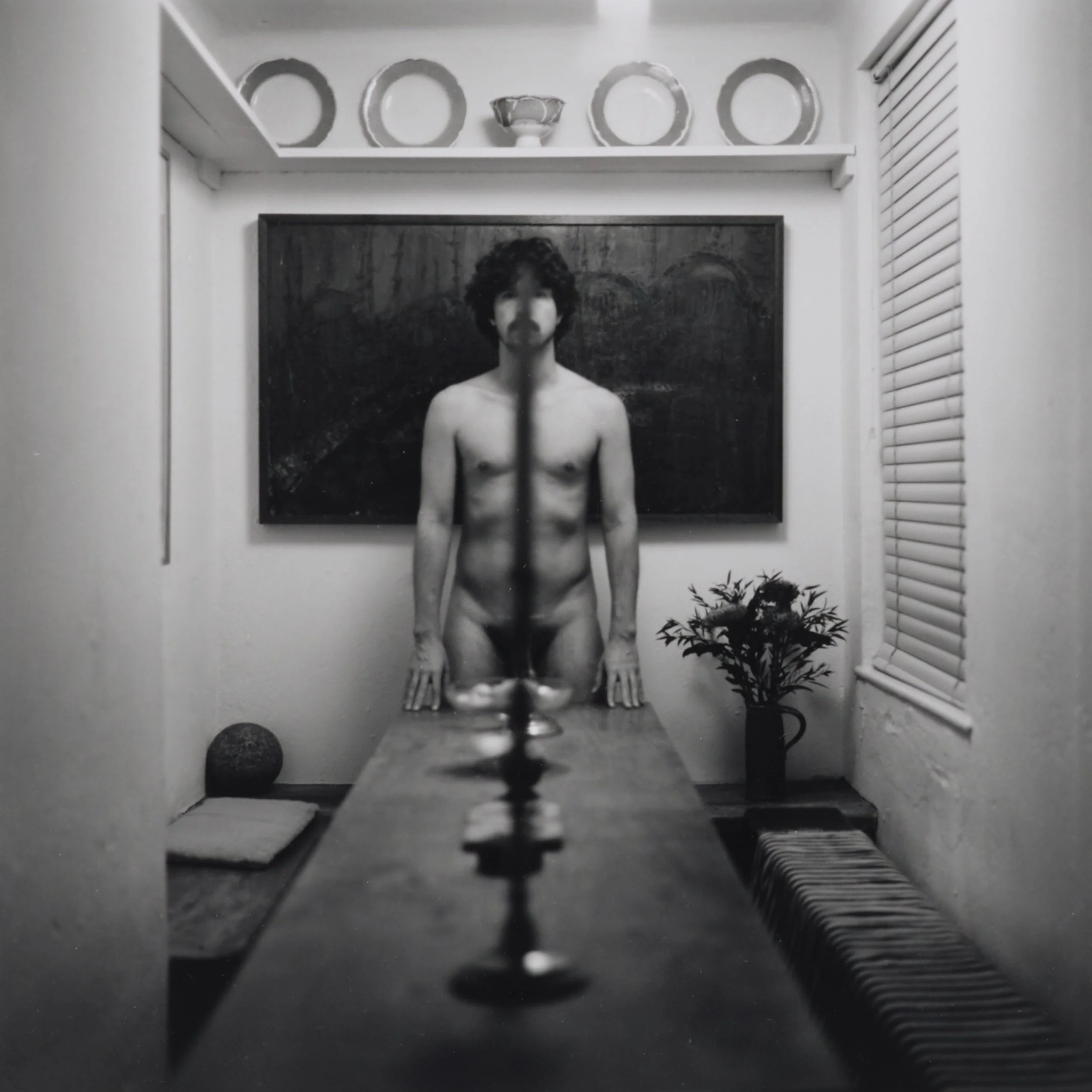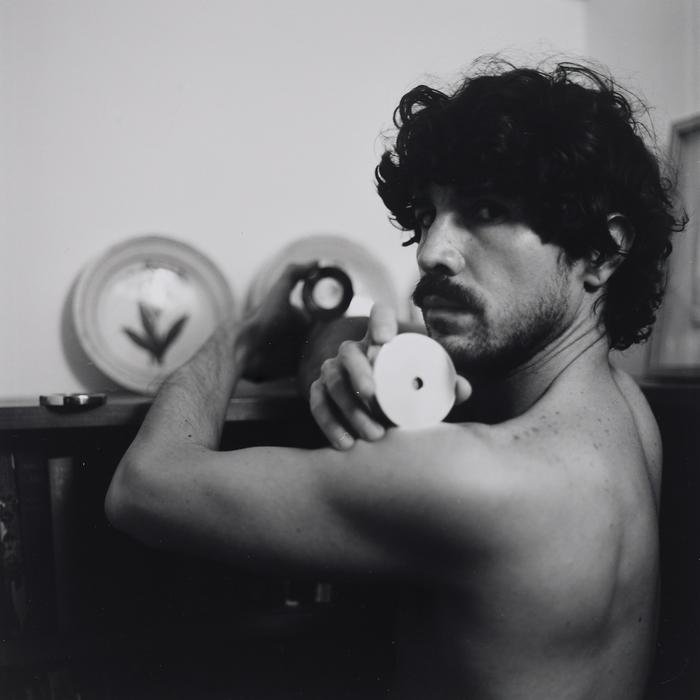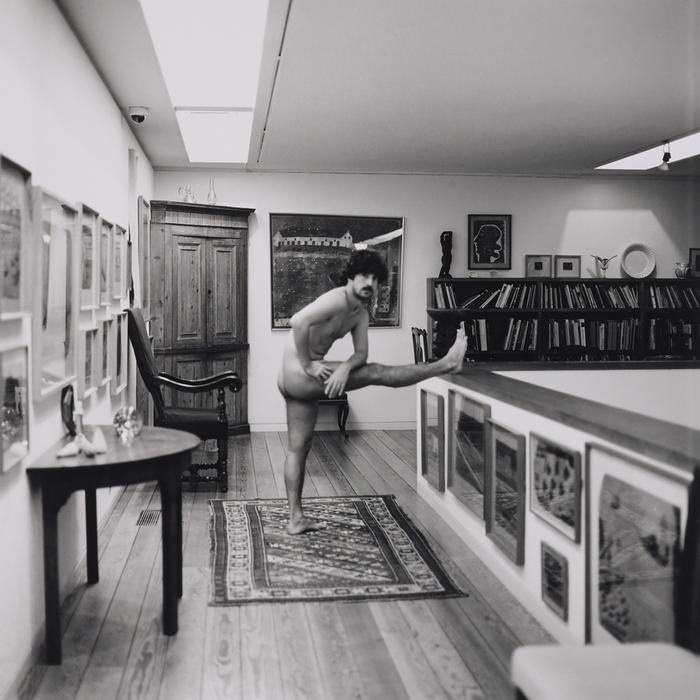Anthea Hamilton: The Prude
Thomas Dane Gallery
London
Fri 8 Mar 2019 to Sat 18 May 2019
For the prude, modesty becomes extreme. The prude will not permit themselves, or others, sensuous enjoyment in life. Hamilton’s interest in the literary figure of “the prude” in part, references Cecil Vyse — the aloof character of E.M Forster’s A Room with a View (1908). Perceiving himself a sensitive intellectual, Vyse in reality, remains detached from lived experience. This obstinate self-awareness is matched by a cultivated, exaggerated style. This skewed mode of being, the prude-as-persona, serves a framework for the exhibition, where the prude is put to use as a proxy for Hamilton, who performs a “hands off” physicality.
The balance of materiality and economy is consistent with Hamilton’s practice, where tactile surfaces are often conceived through digital production. Suggestive of previous exhibitions and series, The Prude is largely a continuation of Hamilton’s The New Life at Secession, Vienna (2018). Four distinct interiors emphasise the confluence of domestic and gallery space through a number of wall treatments: airbrushed, textile clad and digitally printed wallpapers.
The Prude also challenges relationships of scale and content, with large soft sculptures of moths and butterflies, and extravagant stone, marble, and walnut wavy boots. The effect is less an analysis of artifice, more a consideration of the way objects and images may influence meaning when treated to different processes of realisation.
Though Hamilton’s use of material may appear mercurial, her approach to form remains acute. Hamilton’s interest in the reducibility and expansion of spaces — in meaning, and as objects — harmonises visual material to a level plane. Here, bodies of research co-exist in a manner that questions the remit of research itself. The recurrence of familiar forms composes this reflexivity: both the work and Hamilton’s original interests are situated under renewed scrutiny. Here, the works behave twofold: they are objects as receivers of ideas, while appearing to emit ideas themselves.
Hamilton’s work holds an internal logic based on the cultural connections of things: the implicit subtext of an idea, the lineage and physical sensibilities of images, or the curiosity and adaptability of an object’s ontology. Tracing the shifting usages and sensitivities of an image, Hamilton brings the frequencies of authenticity and artifice into plain relief — their competing status collapsing. Multiple images or materials may extrapolate from one nucleus: a moth species, an Ed Ruscha gradient, a Robert Crumb figure, a Hamilton tartan swatch. The fundamental economy of Hamilton’s choice however, allows the obvious to be both simple and complex; the permutations are high, though the “origin” is concentrated and transformational.
To see a 3d view of the exhibition: https://www.galleriesnow.net/shows/anthea-hamilton-the-prude/
© Anthea Hamilton. Courtesy the artist and Thomas Dane Gallery. Photo: Andy Keate
At 11 Duke Street, the viewer is greeted by a room covered in faux-fur tiles coloured in pink, yellow, orange and brown, reminiscent of a cut slice of Battenberg cake. Within these walls several pairs of wavy, wooden boots are presented on pedestals, items that might have appealed to Cecil Vyse. Turn the corner, and the soft textures and sponge-coloured space has been replaced by a monochrome, black and grey locale. Covered in a blown-up version of the Hamilton tartan – though the artist’s father is from the Caribbean and the Hamilton surname was adopted – the room plays host to a series of photographs taken at Kettle’s Yard in Cambridge. The images – which were taken by Lewis Ronald while the gallery was closed – see multidisciplinary artist Carlos Maria Romero interact with various objects, which include brass rings and a jade ring made by Richard Pousette-Dart. The result of a collaboration with choreographer Lewis Ronald, Romero can be seen prancing about nude, flexing his muscles and resting his feet on the tables. And while others have commented on Vyse being “priggish”, and probably not in favour of such behaviour, I would argue that the character, often described as being someone with an inflated sense of self-importance who takes pleasure in fancying himself, would secretly relish at the opportunity of parading his body around a museum for the camera.
https://gallerygirl.co/2019/04/25/anthea-hamilton-thomas-dane/
Collaboration by artist Anthea Hamilton, photographer Lewis Ronald and dance artist Carlos Maria Romero, photographed at Kettle’s Yard, Cambridge in 2019 and exhibited within Anthea Hamilton: The Prude at Thomas Dane Gallery, London.
https://plastiques.art/Anthea-Hamilton-and-Carlos-Maria-Romero

